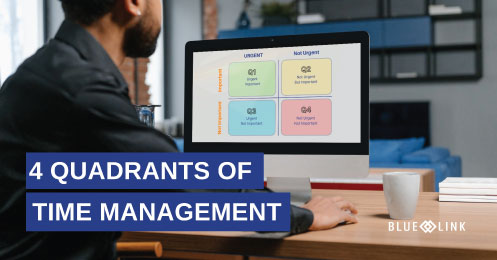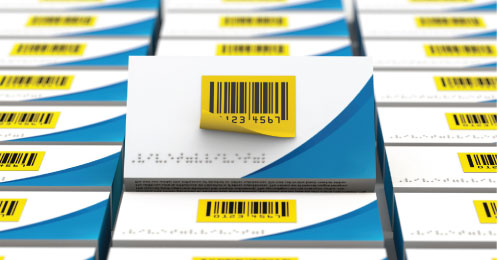As we’ve discussed before, to be successful as an eCommerce company you need to invest in the proper tools for both front-end and back-end management. Many businesses entering the eCommerce space often overlook the need for back-end systems to fulfill, edit and ship the orders generated online, which can result in a disastrous customer service experience and a loss of return shoppers. It goes without saying that in today’s competitive eCommerce marketplace, it is easier than ever for customers to find business elsewhere if they are not satisfied with your eCommerce experience.
When it comes to integrating your eCommerce site with your back-end business management systems, there are several options available depending on the order volume you expect and amount of resources available. In general, though, creating a new eCommerce site should always be considered in conjunction with getting the proper back-end systems in place. Ideally, you want a solution that allows you to ship in volume without needing to hire additional staff, however, it can be easy to over-invest in the look and feel of the web site without paying any attention to the back-end systems that actually manage orders. Even with the ease of ordering online, customers will still make mistakes and when they do they will have to call your customer service desk who will then have to enter information into your back-end system to correct the issue. If you’re using multiple, disparate systems, a single correction can eat up a lot of resources. Even if you do have a sophisticated back-end ERP system, if that solution is not integrated two-way with your web store, there will still be a lot of manual work involved in getting orders out the door to your customers.
For example, say you invest heavily in a beautiful new website and you’re really successful, receiving 500 new orders per day. Of those 500 new orders, say 50 of them call your customer service desk to make changes to that order.
With a web integration that only pushes the order into the ERP software, you now have to do the following:
- Edit the order in the ERP system – because that system is what controls your inventory and it’s what you use to actually ship orders
- Edit the order in the web system – because that’s where the customer sees the order
- Edit the order in the payment system – because that’s where the customer’s payment information resides
If it takes you 15 minutes to make all those changes and you receive 50 phone calls, that’s 12 ½ hours of order editing time. This means you’ll need at least two full time people on staff just to deal with keeping multiple systems in sync, assuming that they are disciplined enough to update both systems accurately and completely.
A Better Approach: Two-Way Integration
The alternative to the above scenario is working with a software vendor who can help you facilitate a more sophisticated, two-way integration between your ERP system and web store. In this situation, when a customer submits an order online that order shows up in your ERP system automatically and information about the online pre-authorization (or actual payment if that’s what you prefer) is also passed to the ERP. Then, when those 50 customers call, the customer service rep makes the change in the ERP system ONLY. The benefit here is that the ERP is the system of record – it is the ONLY place that actually has 100% accurate inventory information. This is especially important for businesses that manage multiple sales channels. Your ERP system will be home to not only web store orders, but also wholesale orders coming in through the phone, email orders coming in through your sales team, as well as inventory updates when receiving product. It knows what other orders are in the system and what inventory is allocated to whom.
Continuing on with our example, once the change has been recorded in your ERP system, proper integration then detects that a change has occurred and automatically notifies your website sync services to process the change. The web order is then updated to reflect the changes made by the customer service rep, including line additions, deletions, changes to quantities and even price. The payment gateway then automatically re-authorizes the customer’s credit card for the new value of the order and passes the updated payment information back into your ERP system.
On the shipping side of things and depending on your ERP solution, when you ship the order, the information will get passed to your shipping carrier, which then retrieves the shipping label and prints it, updating the shipping tracking code automatically. On shipping the order, that shipment information (including what products are in what containers) is passed back up to your webstore through the two-way sync engine which then processes the shipment in your online store and in the case of a pre-authorization transaction, completes the charge against the customer’s card for only the shipping value of the order. When the payment is complete, the ERP system is notified of the payment amount, and as long as it matches the value in the ERP, the order is posted automatically, completely removing the manual verification and order posting steps required of other, smaller systems.
Benefits & Costs
This kind of integrated work flow is what allows you to keep customers happy, keep orders moving through your warehouse and grow your order volume with the same – or maybe even less - staff than what you currently have in place. When compared to the cost of opening a bricks and mortar retail store, proper integration makes sense, especially since eCommerce provides more opportunities for reaching consumers and selling product.










